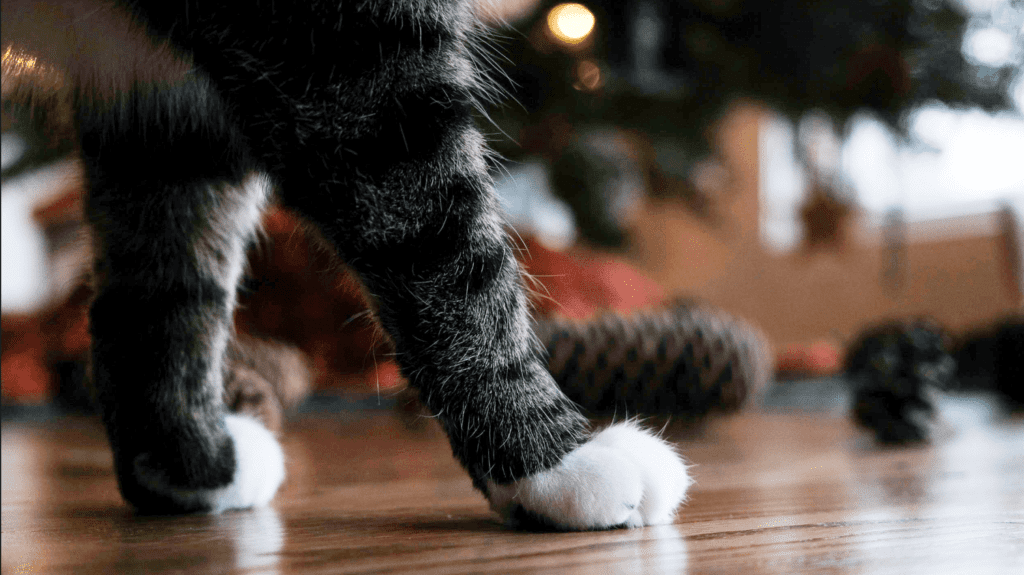You are familiar with your cats’ endearing habits, distinct personalities, and preferences for food, play, and affection. Do your cats have right or left paws? Have you ever noticed which paw they use first when crossing a raised object or descending the stairs? Do they actually have a preference?
Cats can have a preference of either the right or left paw, just as humans can be left-handed or right-handed.
Orthodox or the Lefty
According to scientists, many pet cats prefer the right or left front paw when walking downstairs, stepping over an object, or reaching for food. These preferences also differ by gender, with males preferring their left paws and females preferring their right.
This is consistent with what people observe, as men are often left-handed than women. “We believe this difference is due to sex hormones,” says lead author Deborah Wells, a Queen’s University Belfast psychologist, adding that researchers are still unsure how or why this occurs.
Previous research in humans has found links between left-handedness and the development of conditions such as schizophrenia, so the findings could shed light on how domestic cats cope with stress.
Scientists have known for centuries that humans have a distinct preference for their right or left sides, with nearly 9 out of 10 people using their right hands for tasks such as writing and brushing their teeth.
Researchers began documenting this preference in other animals, including whales, kangaroos, primates, and even the simple roundworm Caenorhabditis elegans, in the late 1970s.
Scientists like Wells study handedness and paw preference to learn more about how these preferences evolved and what brain factors are at work. (Source: National Geographic)
Furred South Paws
Wells observed 44 pet cats in Northern Ireland, 20 of which were females, to see if they exhibited handedness.
Wells and colleagues observed the cats for three months and observed three behaviors:
- Which paw the cats used to take the first step into their litter box?
- Which foot did they use to take the first step down a flight of stairs?
- Which side did the animals reclined on?
They also counted the cats’ paws as they reached through a narrow hole to retrieve food from a plastic feeder.
Wells emphasizes that these were all spontaneous behaviors observed in the cats’ natural environments.
Almost three-quarters of the cats had a paw preference, with females being much more likely to use their right paws. Males, on the other hand, were southpaws, according to findings published in Animal Behavior this month.
According to Wells, one Maine Coon cat in the study liked to use his left paw to close doors on his owners. (Source: National Geographic)
Getting to Know Your Cat Better
It’s simple to test your own kitty’s paw preferences, says Wells: just be observant.
Mark in a notebook which paw your cat uses first when walking up or down the stairs or steps into the litter box. You should have enough data after a few days or months to determine whether your cat has a preference, though not all cats do. (Source: National Geographic)
